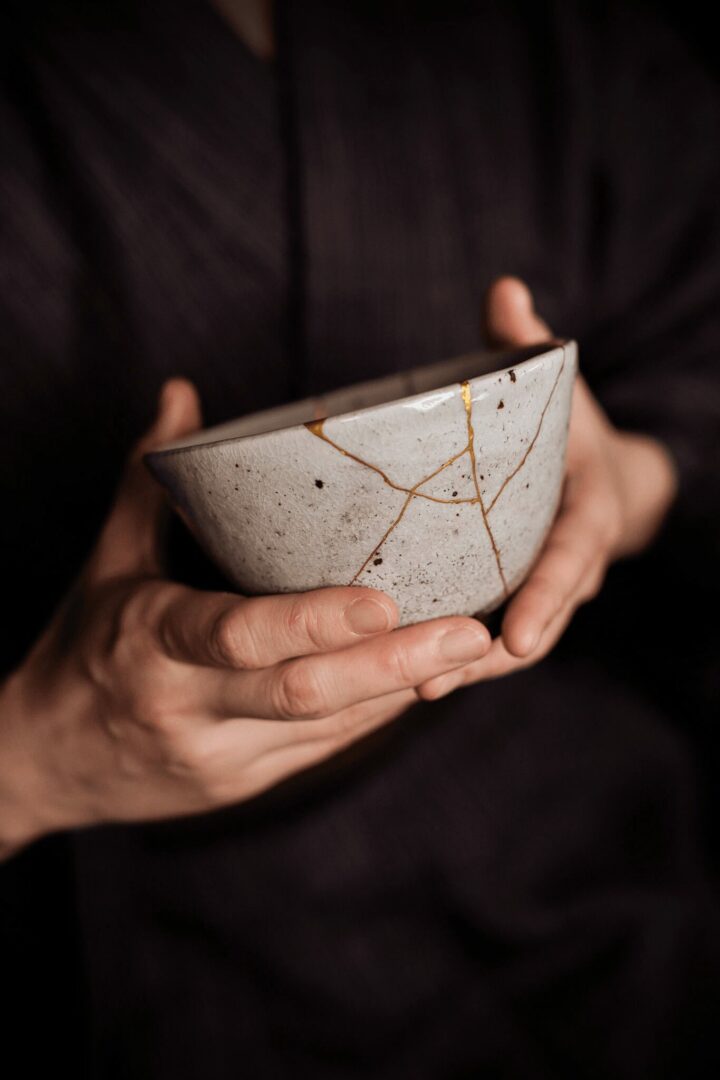We’re excited to introduce you to the always interesting and insightful Makomako. We hope you’ll enjoy our conversation with Makomako below.
Makomako, so good to have you with us today. We’ve always been impressed with folks who have a very clear sense of purpose and so maybe we can jump right in and talk about how you found your purpose?
As a Kintsugi artist, my purpose goes beyond merely mending broken objects, it involves restoring the memories attached to them by their owners. I find that Kintsugi is deeply connection to personal experiences and values.
Humans, as sentient beings, have much shorter lifespans than the objects we own. However, we tend to attach our emotions and memories to these objects in our lives. Breaking of the objects that we are attached to, often triggers feelings of loss and sadness.
The art of Kintsugi involves restoring broken ceramics with urushi lacquer and gold. This process does not just restore the piece’s functionality; the repaired areas, often decorated with gold, become a new “scenery” that reveals the piece’s story.
By highliting the beauty in brokenness, I invite the audience to re-observe their emotions and reflect on their experience of loss. I encourage them to look beyond the surface and deeply examine the essence of objects and their states of being, whether whole, damaged, or repaired. This perspective has helped me appreciate the unique beauty in flaws and the stories they tell, guiding my artistic journey .
Through kintsugi, I found a way to express my belief that beauty lies in embracing imperfections and the process of healing. I encouraged the audience to start a journey of looking inside and seeking inner peace.
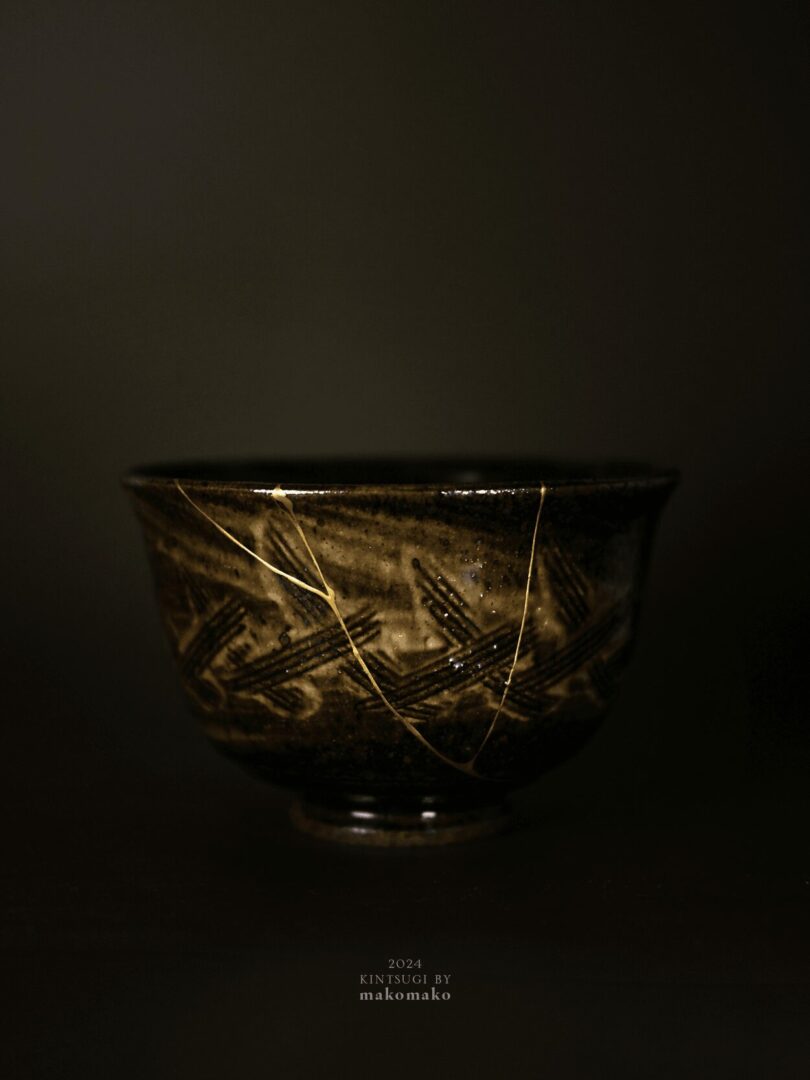
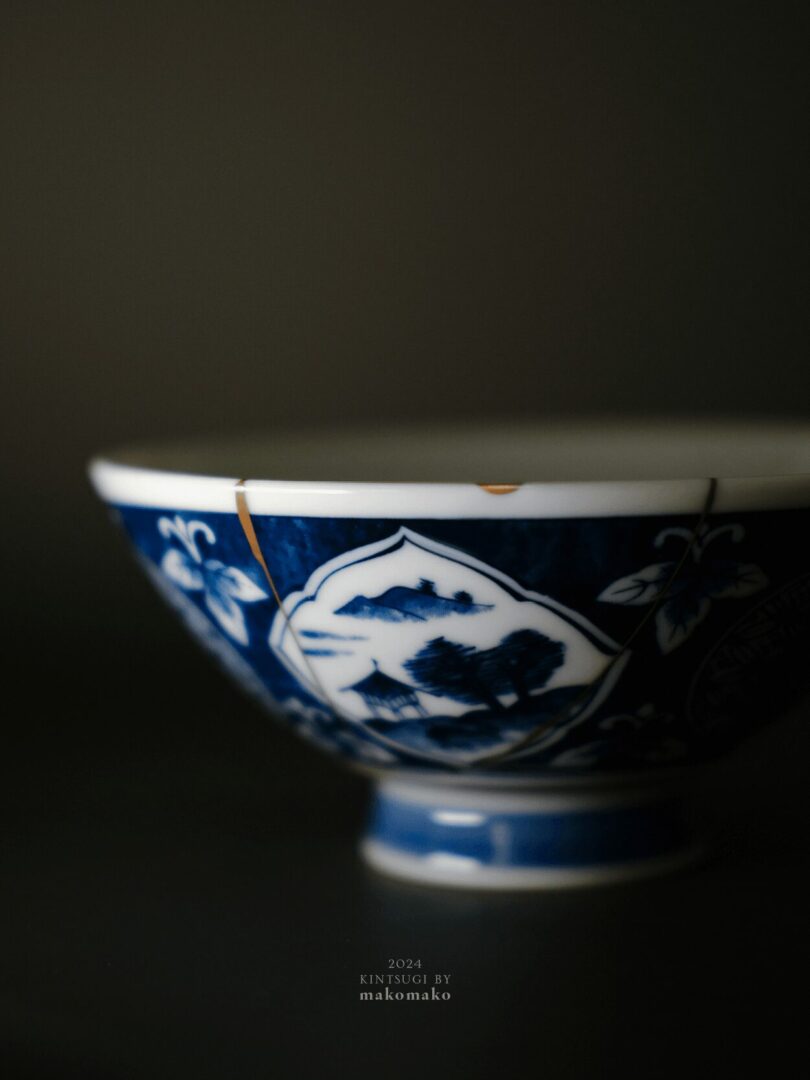
Thanks, so before we move on maybe you can share a bit more about yourself?
I’m a New York based Kintsugi artist and Chanoyu practitioner. The breaking of my tea bowl led me to the study of Kintsugi, the traditional Japanese art of ceramic restoration using urushi lacquer and gold. I take commissions to repair my clients’ damaged objects and have restored earthenware, stoneware, porcelain, Yixing ware, as well as objects made from agate, jade, glass, and resin. In 2023, I held a duo exhibition, “Contemplating at Ease”, with fiber artist Ulaan at the BLANC Art Space in New York.
I adhere to the traditional methodology of kintsugi, using only natural materials. Urushi lacquer, a natural tree sap, is mixed with wheat flour to create a strong adhesive for bonding broken pieces. Whetstone and wood powders are used to fill the missing parts, charcoals to polish surfaces, and powdered gold is applied to decorate the broken areas. The repairs are long-lasting, food-safe, and sustainable.
The laws of nature influence my work. Ceramic arts, born from the earth, fire, and human labor, have a lifespan of over 10,000 years, during which shattering is a natural event due to the brittle nature of the material. Urushi lacquer, the main material used in the Kintsugi process, is a tree sap often likened to the blood of trees, a natural gift. I observe the broken parts until their natural beauty unfolds before me, then begin the repair.
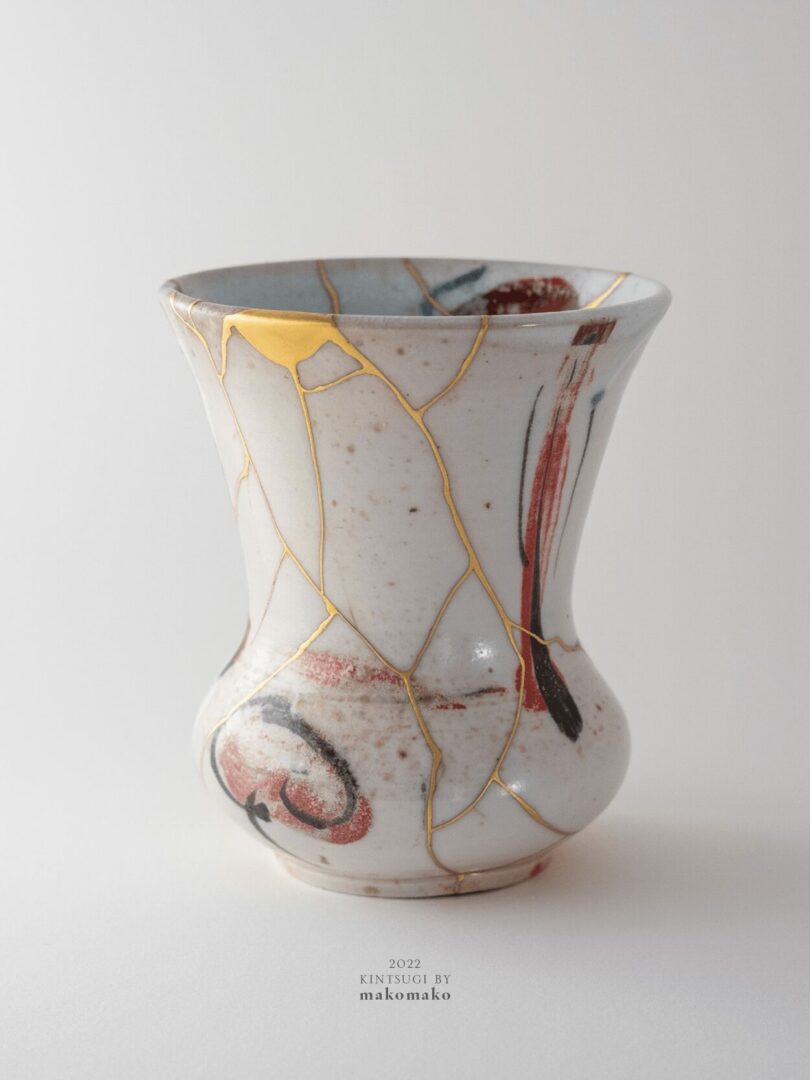
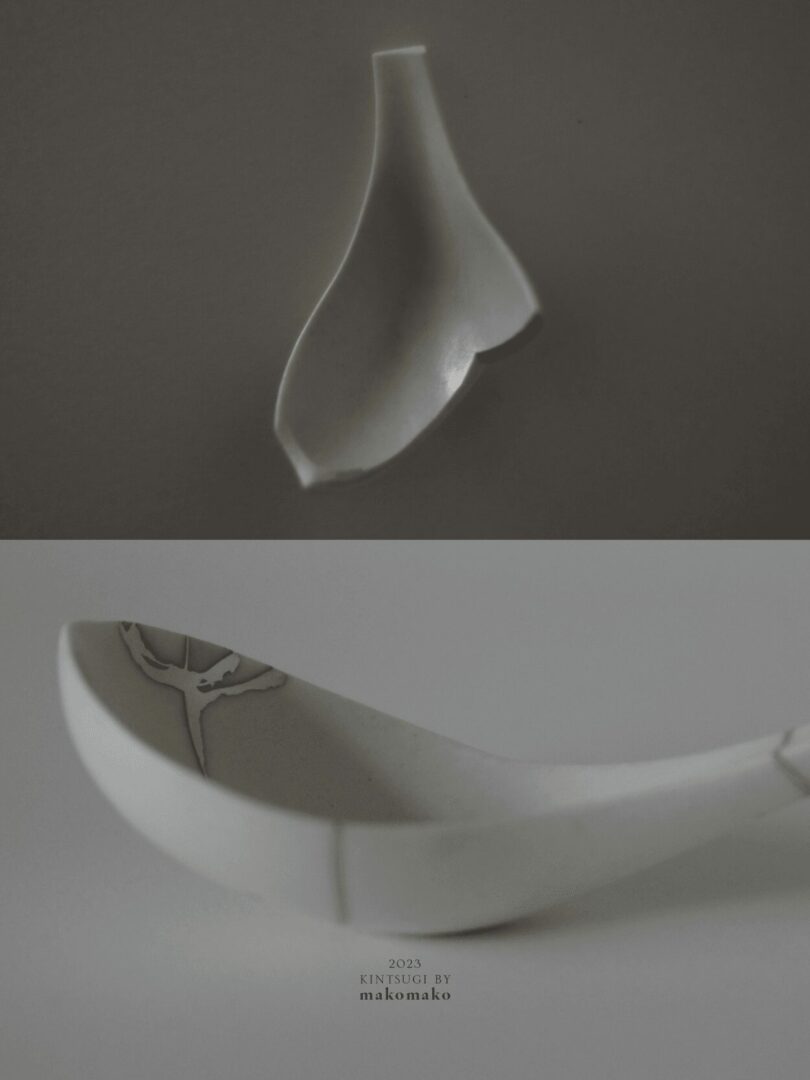
Looking back, what do you think were the three qualities, skills, or areas of knowledge that were most impactful in your journey? What advice do you have for folks who are early in their journey in terms of how they can best develop or improve on these?
Reflecting on my journey, I believe the three qualities that were most impactful were patience, a keen eye, and respect for nature.
The traditional Kintsugi method is a meticulous process that requires a significant amount of time and care. The beauty of kintsugi lies in the natural transformation, and rushing the process can compromise the integrity and aesthetics of the repair. We must learn to wait patiently, and the long wait brings rewards.
A keen eye is essential for finding beauty in imperfect moments and flawed things. Changing our perspective of observation can change our understanding of what is beautiful.
Respect for nature, as we have little control over when and how something breaks—it often happens naturally. Using all natural materials for restoration, we have limited control over the material and how well they respond to the particular piece. Respect what happens naturally and use patience and technique to restore as much as we can. These three qualities bring great results.
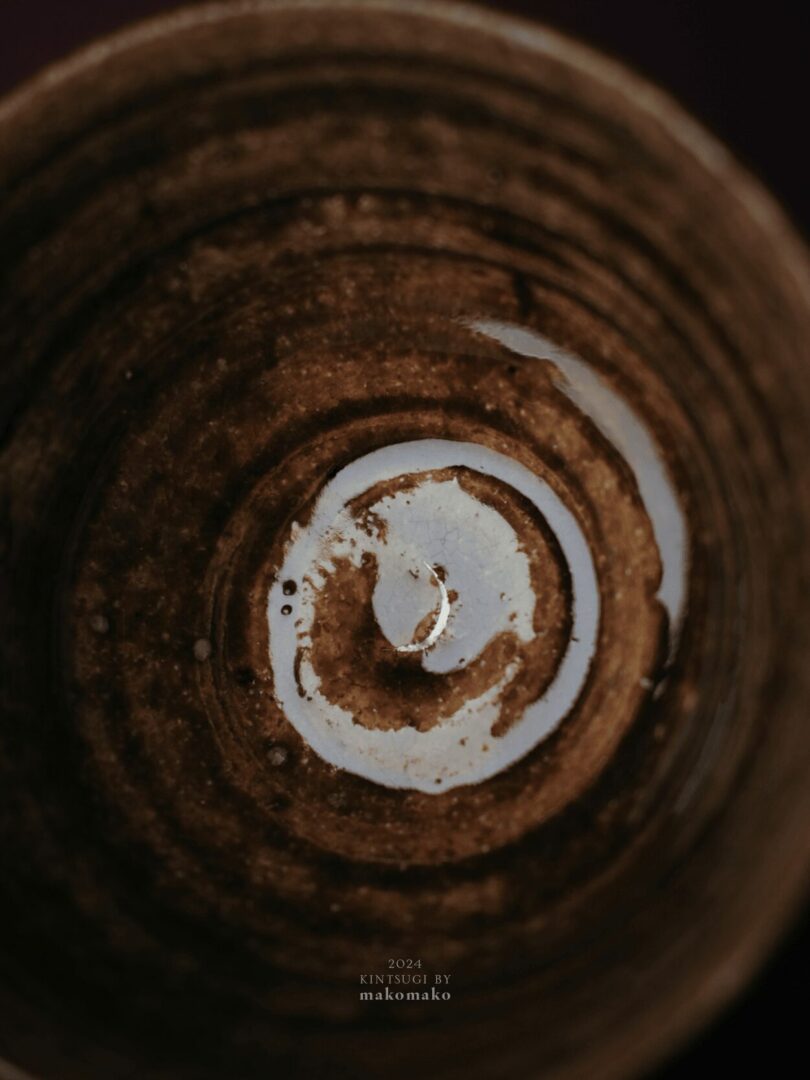
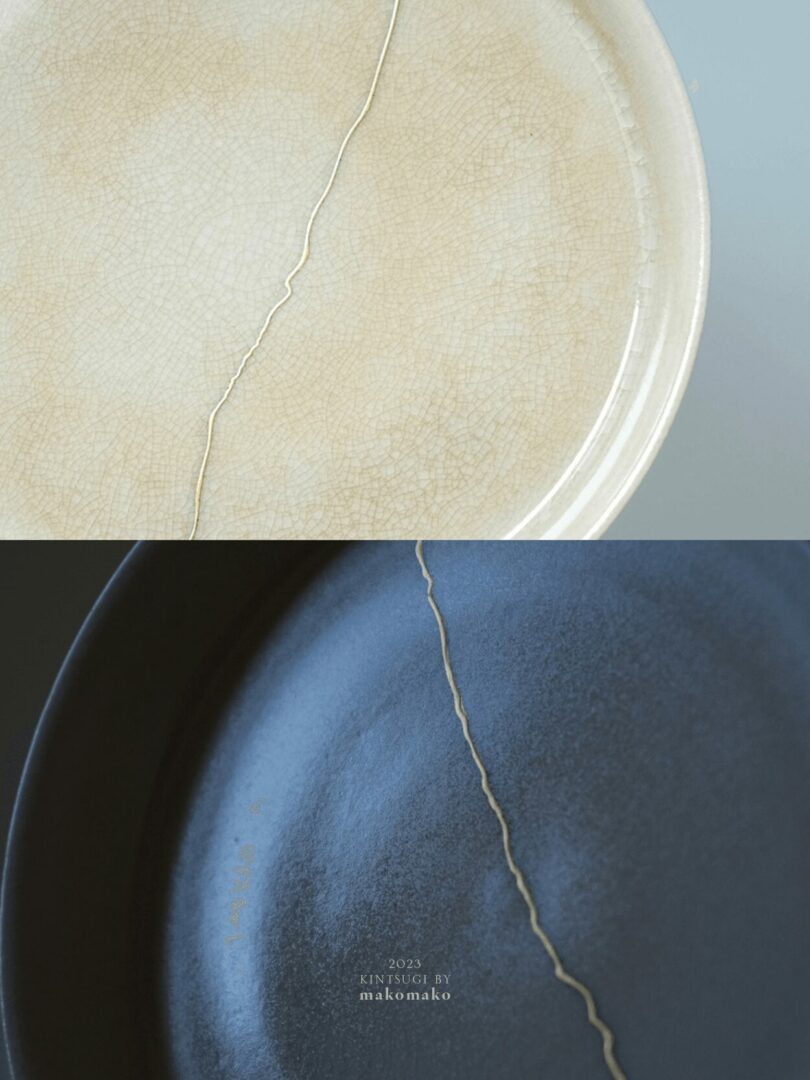
As we end our chat, is there a book you can leave people with that’s been meaningful to you and your development?
“Kintsugi: the Poetic Mend” by Bonnie Kemske is a significant book that explores the art and philosophy of Kintsugi. Here are a few impactful nuggets of wisdom from the book:
1. 形あるもの全て壊れる — “Everything that has a shape, breaks.” This profound and universal truth reminds us that impermanence is an inherent part of existence. Everything, no matter how strong or beautiful it is now, is subject to change and eventual decay. It highlights the impermanent nature of all things, aligning with the core principles of kintsugi and the broader Japanese philosophy of wabi-sabi.
2. Philosophy of Imperfection and Beauty in Imperfection — Similar to the wabi-sabi philosophy, the book underscores the beauty of imperfection and the value of embracing flaws. By acknowledging that everything breaks, we can find beauty in the process of repair and the resulting imperfections. This perspective shifts our focus from the pursuit of perfection to the appreciation of unique, lived experiences and the stories they tell.
Contact Info:
- Instagram: https://www.instagram.com/makomako.kintsugi/
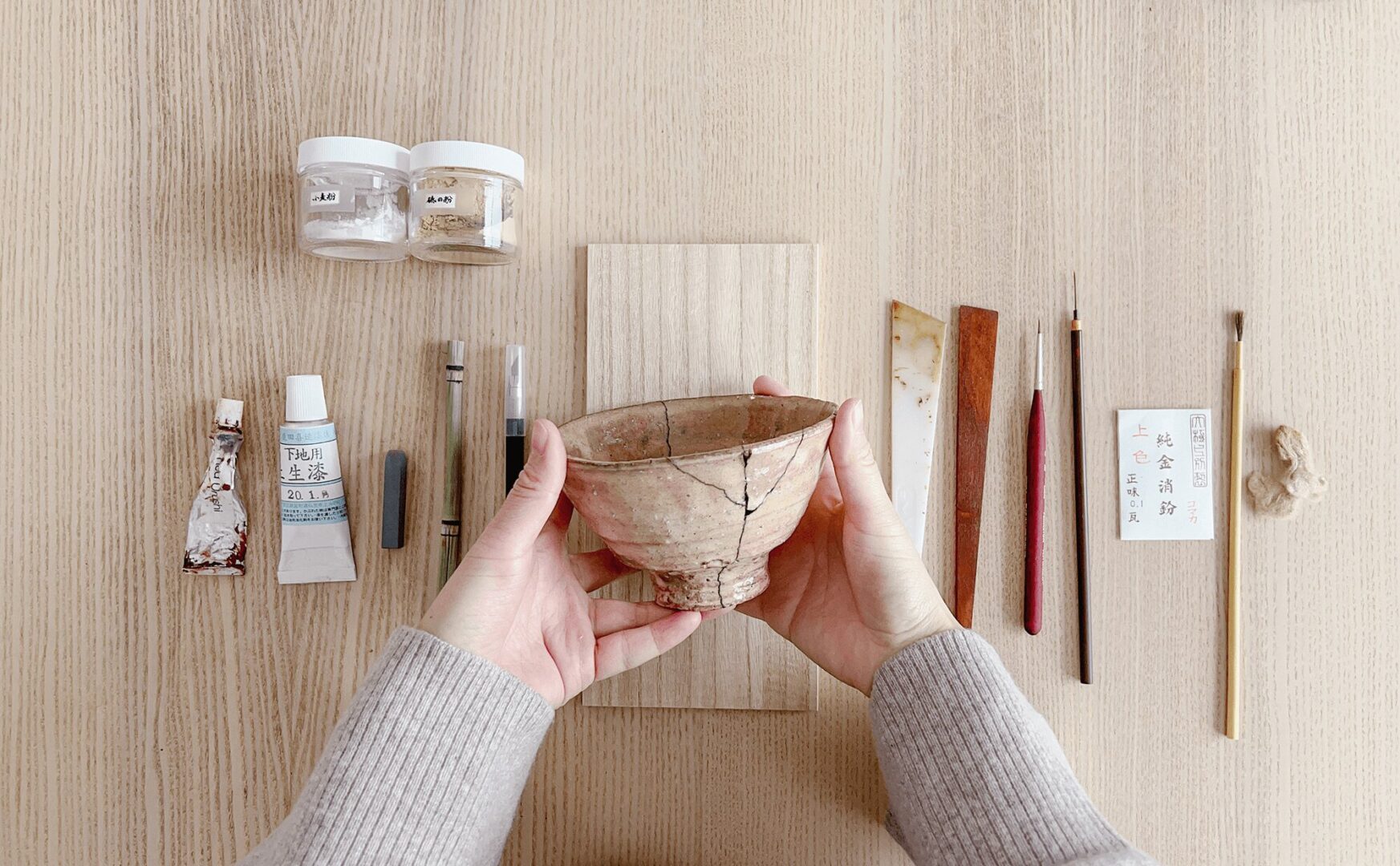
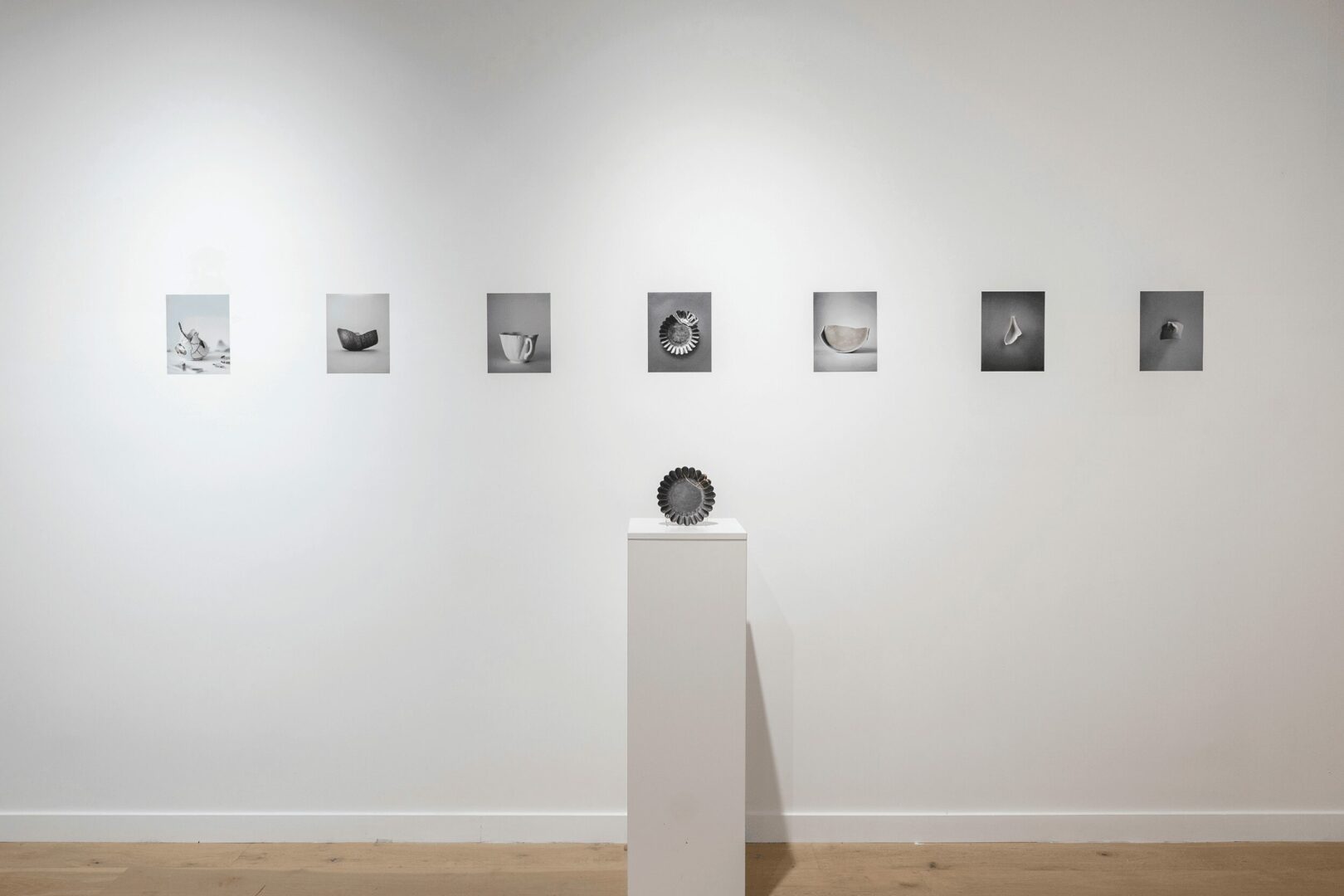
Image Credits
Photo Credit: theBLANC, Omer Kaplan, makomako.kintsugi
so if you or someone you know deserves recognition please let us know here.

